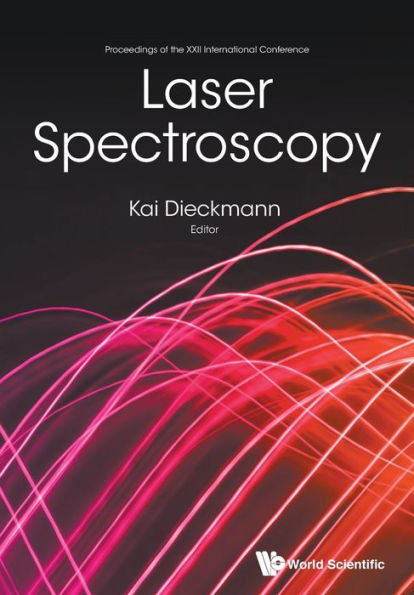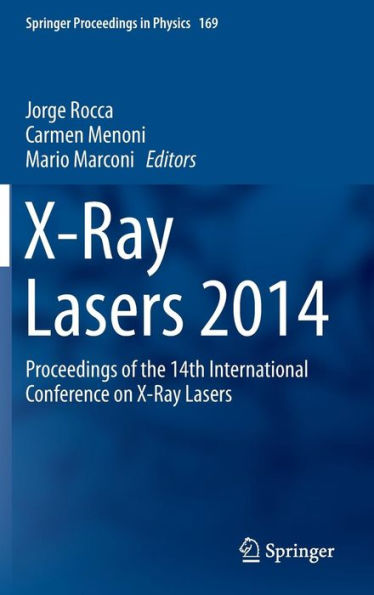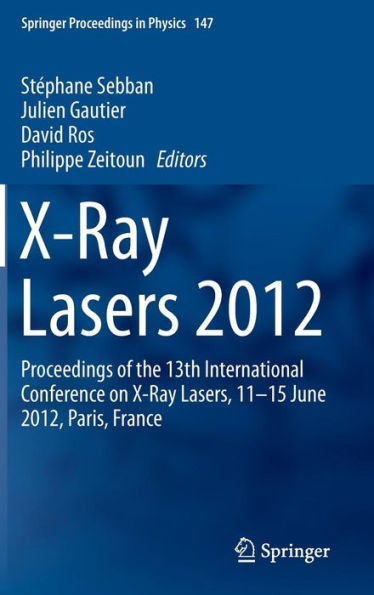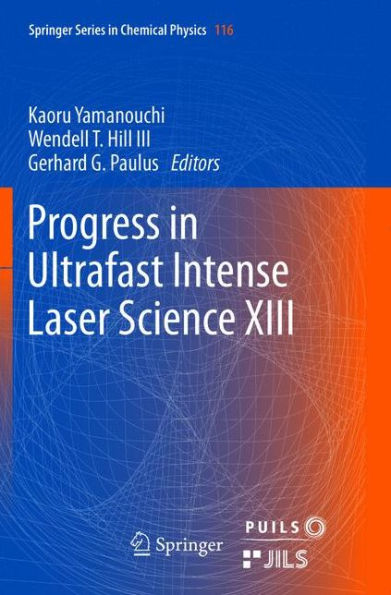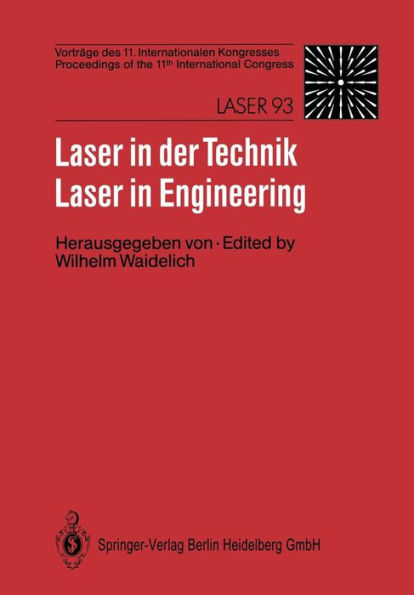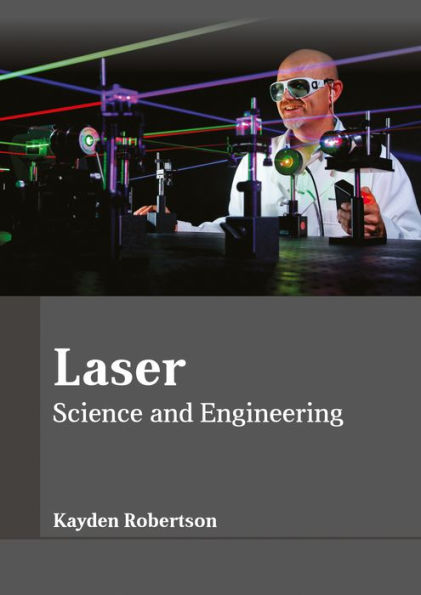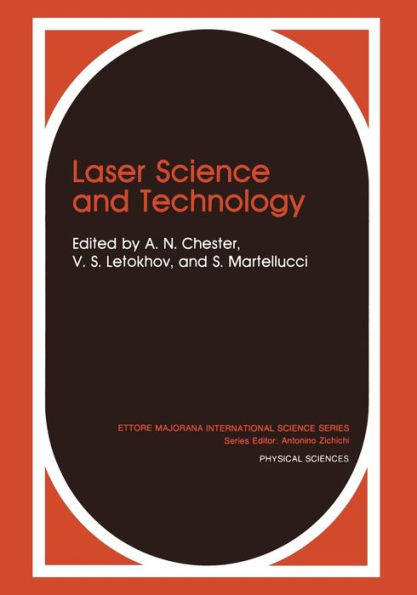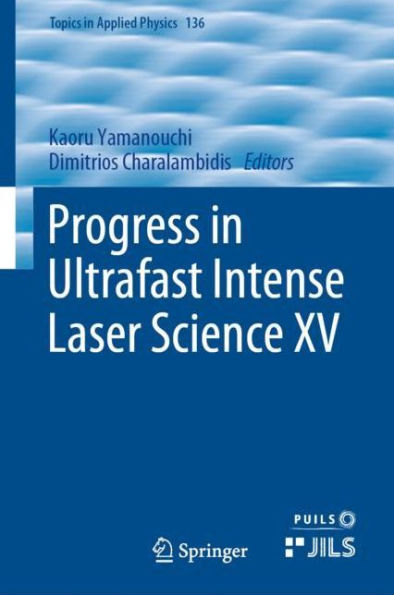Home
Laser 2009: Proceedings of the 8th International Workshop on Application Lasers and Storage Devices Atomic Nuclei Research: Recent Achievements Future Prospects (LASER 2009) held Poznan, Poland, 22 June - 25 June, 2009
Loading Inventory...
Barnes and Noble
Laser 2009: Proceedings of the 8th International Workshop on Application Lasers and Storage Devices Atomic Nuclei Research: Recent Achievements Future Prospects (LASER 2009) held Poznan, Poland, 22 June - 25 June, 2009
Current price: $219.99


Barnes and Noble
Laser 2009: Proceedings of the 8th International Workshop on Application Lasers and Storage Devices Atomic Nuclei Research: Recent Achievements Future Prospects (LASER 2009) held Poznan, Poland, 22 June - 25 June, 2009
Current price: $219.99
Loading Inventory...
Size: Hardcover
*Product Information may vary - to confirm product availability, pricing, and additional information please contact Barnes and Noble
For most elements of the periodic table, reliable computations of atomic data and properties are still a challenge for (atomic) theory today. Despite of the great effort, that has been undertaken by many groups worldwide during the past four decades, yet serious difficulties arise not only from the complexity of most atoms and ions but also from the large variety of data that is needed in different fields of physics and science. In practice, one often faces several intricacies in performing such computations with the largest, perhaps, (1) due to the shell structure of most atoms and ions. This shell structure, i. e. the occupation of the atomic subshells, does not only change typically when an atom undergoes some transition but also hampers the analysis of one and the same property between neighboured elements. In fact, the particular shell structure of an atom or ion strongly affects the number of degenerate levels (or those nearby in energy) and may thus lead to very different computational requirements in dependence of the occupation of the shells. Further difficulties arise in addition also from (2) the relativistic treatment on the basis of the Dirac–Coulomb (-Breit) Hamiltonian (which is needed for most medium and heavy elements, and sometimes even for the light ones) as well as from (3) the fact that many atomic properties are accompanied by the capture or emission of free electrons.
